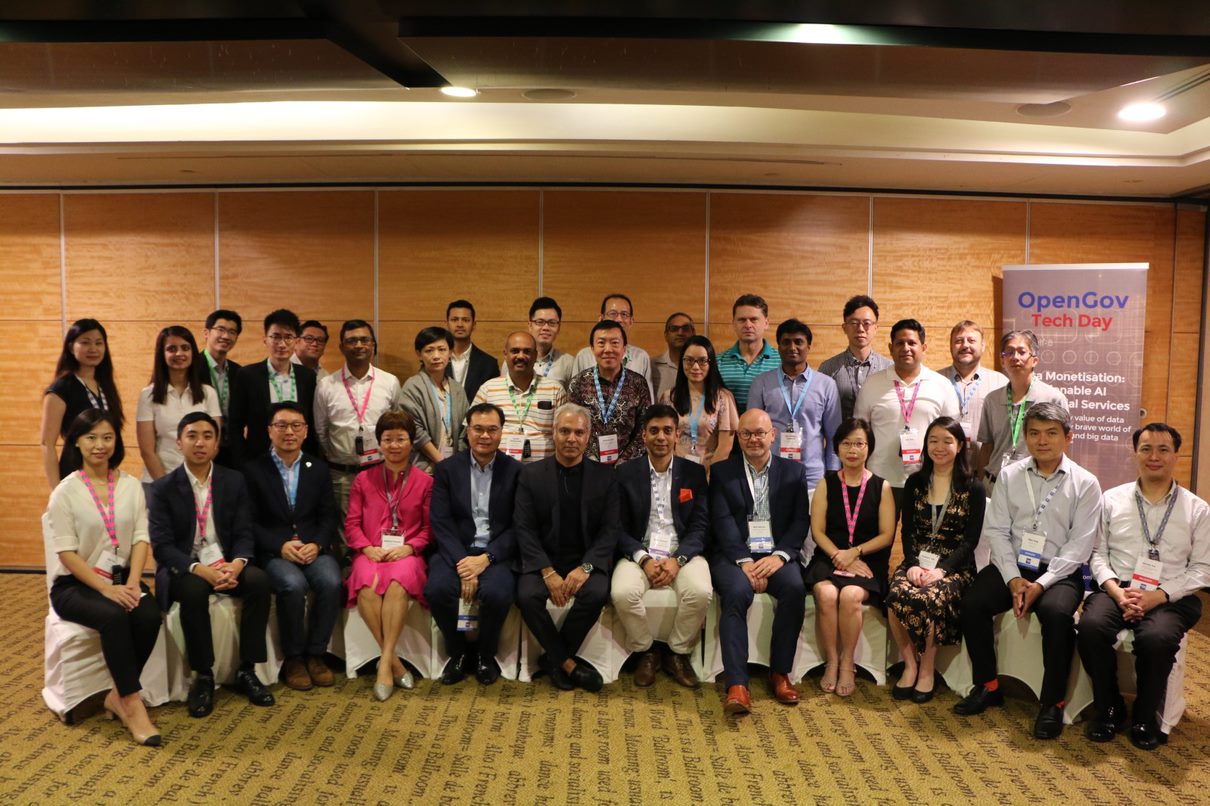
Data is everywhere and growing at an exponential rate. Every day, new data is being produced and adding on to the existing wealth, almost as if creating an iceberg out of it. But no matter how much data there is, it will be wasted if it is not being effectively used.
OpenGov’s Tech Day- Data Monetisation: Actionable AI for Financial Services, held on November 15, at the Amara Singapore, was focused on this.
Delegates from the financial services industry (FSI) attended and shared informative discussions and insights on the ways in which big data can be transformed to produce big value.
Build data-centric infrastructure
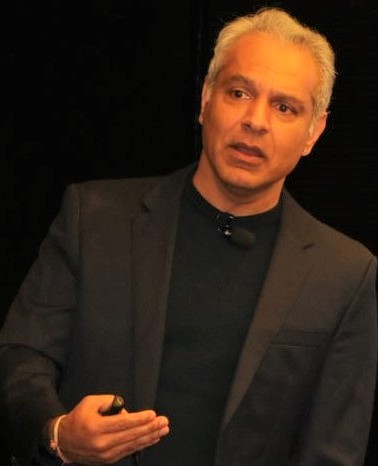
There is so much data around today and yet there is the uncertainty of how it should be used. With having a pool of data, it is getting tougher to make sense of it.
Having said that, it is imperative to stay ahead of the data as compared to being afloat. This can be achieved with a lot of factors, one of which being having the team with the right skillsets.
Creating a data-centric culture was the notion put forth by Mohit Sagar, Managing Director and Editor-in-Chief at OpenGov Asia.
Having a data-centric infrastructure with a data literate workforce are important factors in creating such a culture.
It is often said that ‘Data is the new oil’. Mohit explained his opposition to this statement; while oil is stored away in barrels, data is supposed to be shared and giving insights.
Duct-tape technology is a common practice among organisations, where multiple platforms are used for one task and these platforms are not necessarily working cohesively. Basically, they are working in silos.
Data-centric structures are key. Organisations should revolve themselves around these structures and work with their data at hand to optimize their business processes and produce rewarding outcomes.
But of course, data is wealth, not just in monetary terms but also in the valuable knowledge that it carries. There should be data-sharing across organisations to strengthen this knowledge and empower one another with the skills and technologies which will optimize processes.
Data should be allocated and utilised using the right tools, ensuring that it is used in a smart way. When organisations start to recognise the benefits that data brings to them, they will be able to stay ahead of the competition and monetise on it, transforming their data into big value.
Data analytics forms the crux of digital transformation
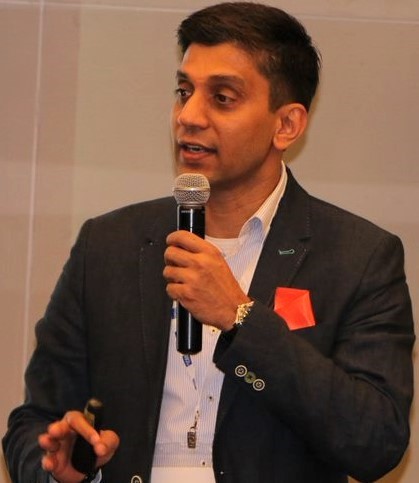
Data analytics and AI are the technologies often used in the banking industry for conducting predictive analytics.
The Monetary Authority of Singapore (MAS) is one government agency that is driving AI and analytics within Singapore.
New projects are looking at how is data being utilised and of the data analytics tools and infrastructure for it.
The data-centric architecture today is one that has shifted from being data-driven to one where data is being reutilised in various applications, with real-time analytics.
Sunil Chavan, Vice President, FlashBlade sales at Pure Storage, Asia Pacific and Japan said that creating such a platform for monetising on data and for conducting data analytics using AI technology is a key trend in the industry.
Data analytics forms the crux of the digital transformation efforts across the following sectors- investing and wealth management, retail banking, and insurance. Having a robust predictive analytics engine for handling customer data and enabling a more predictive nature of claims for insurance processes are some of the AI-based activities which are being focused upon.
Sunil added that in his organization, a data-centric approach is being adopted. Having one copy of data that is presented to different applications.
Shedding light on what a data-centric infrastructure consists of, all data should be consolidated to be presented and analysed on various applications. It also looks at how on-prem data is brought to eh public cloud and of how real-time sharing of data is enabled.
Where are organisations in their digital transformation journey?
It is well understood that data is essential to businesses to create value out of it. But the common challenge faced to it is getting real-time insights into data and having the ability to analyse data in real-time.
With that being one of the major obstacles, real-time analytics is placed with importance as a key project to be embarked upon in the next 12 months. Having a shortage of skilled personnel who understand both business and IT requirements is a challenge that organisations embarking on data analytics and AI projects have to overcome.
Commercial off-the-shelf software is a highly used development tool by organisations in their digital transformation journey.
The hybrid cloud infrastructure is deemed as the technology which will fit into an organisation’s next generation infrastructure. There is a growing awareness and realisation of how the hybrid cloud model is a catalyst for digital transformation.
But having said that, factors such as data privacy and security make organisations inclined to still choose to adopt private cloud on-premises, compared to the hybrid cloud, as part of their overall cloud adoption strategy.
Forming a data-centric framework
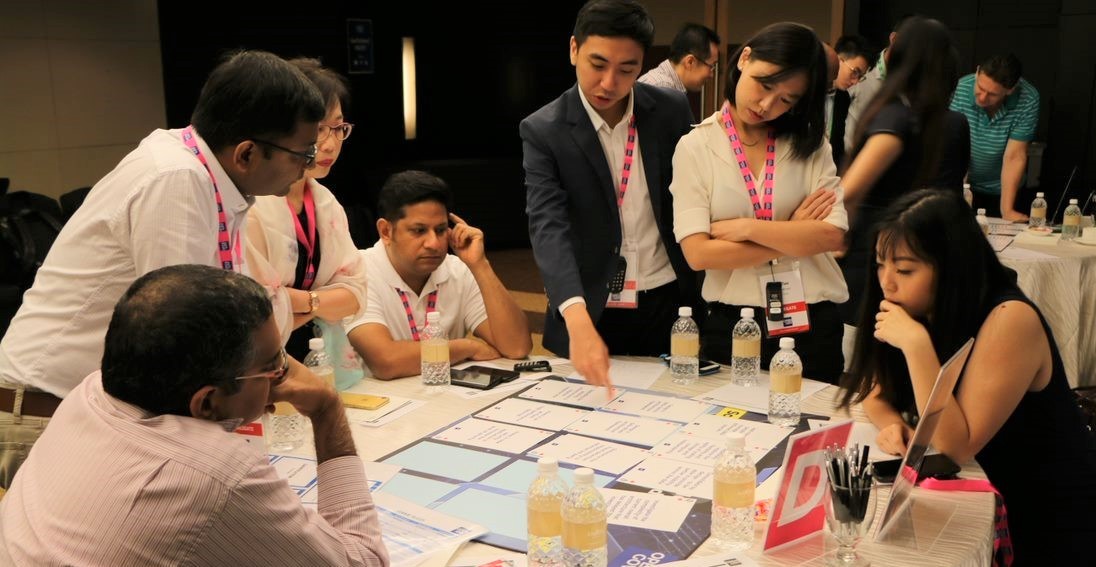
Data-centric architectures use machine learning which follows predictive modelling. Moving away from data-driven architectures that work in silos and allow for data to be used for just one application, data-centric architectures allow for data to be reutilised across multiple applications.
Some organisations prefer outsourcing a third party which has the capability to assist with detecting fraud.
But they could create in-house infrastructures as well. Establishing a security operations centre (SOC) will allow for the monitoring of ingoing and outgoing transactions in real-time. But this would also require having people with the right skillset.
Security applications will also have to be installed into systems to allow for real-time fraud detection.
Creating a Data Hub
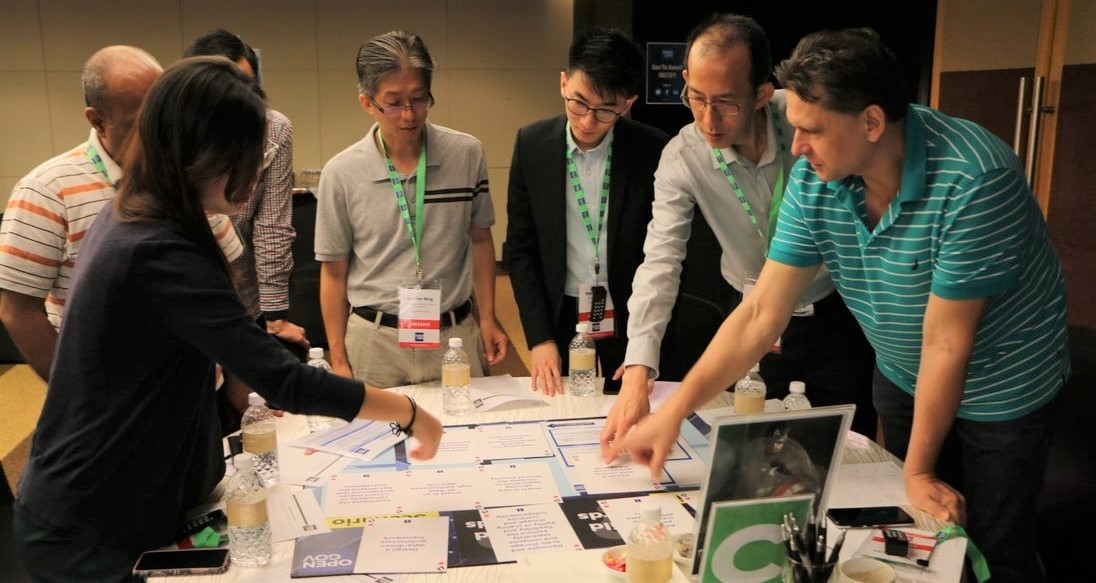
There are challenges faced when building architecture on top of legacy platforms. Legacy systems don’t allow for the building of API systems, but new systems should be in fact on API.
There is often the debate of should data be stored on-prem or the public cloud? The common approach is for all customer data to be stored be on-prem while non-customer related data to be stored on the public cloud. Banks are also not completely on the public cloud.
The best way to combine and perform both functions would be to use a hybrid cloud strategy.
A hybrid cloud model is not to be confused with that of a multi-cloud.
Multi-cloud is an extension of the hybrid cloud. In multi-cloud systems, it is important to understand where data is sitting. It requires the pulling of data sets from across multiple clouds and applications.
Redesigning architecture to support massively parallel multi-dimensional performance that is self-tuning and simple to manage is the appropriate thing to do. It is typically designed for larger files.
It is important to create an infrastructure for the rapid consumption of data. This is because as the ecosystem grows, new data will constantly be coming in.
Getting senior leadership support is necessary for all this to happen. The leadership should establish data governance and ensure the right use and application of it.
Building a scalable AI-ready infrastructure
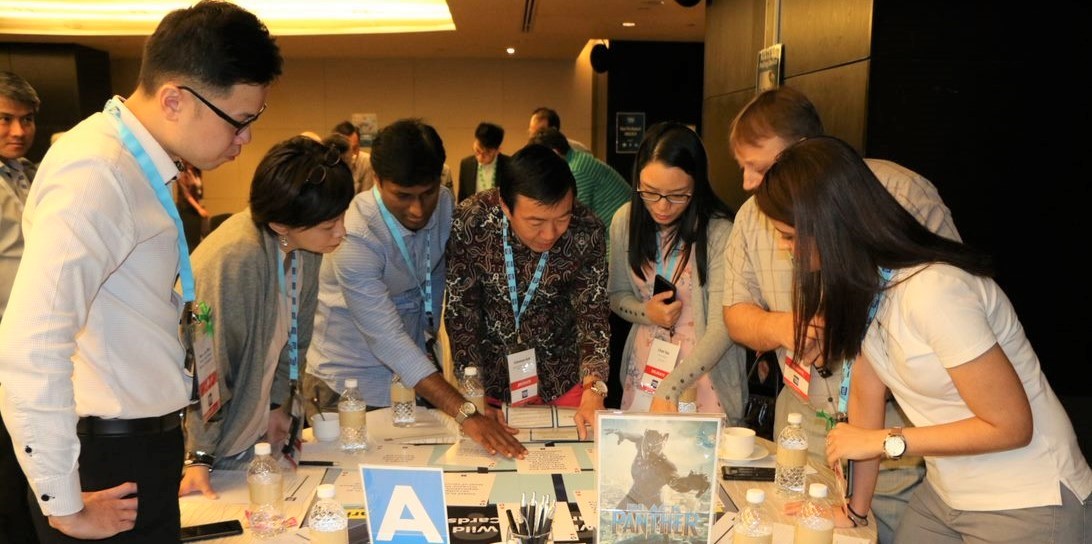
Training on AI models should be performed. There should be an understanding of historical fraud patterns; knowing what happened in the past is critical.
With a data-centric architecture, the more data there is the better the results will be. This is because building AI structures require big volumes of data.
But building your own environment is complicated and expensive. It would be best to buy a pre-configured reference certified architecture which will allow faster results and for more work to be done. Using the right toolsets and technologies is key.
Green initiatives should be integrated into systems to lower carbon footprint. A reduction in the number of old legacy racks will allow for more power and cooling, largely reducing carbon footprint and saving costs.
Creating an AI Lab is one step to be taken forward to allow for collaborations and greater experimentations to be done.
Utilise data with the right technologies and methods
Looking ahead in the transformation journey, it all comes down to how data is being utilised and of the technologies that are used. Businesses should adopt the mindset of adopting ways that will allow them to use their data in the most cost-efficient way while optimising their business processes and creating big value out of it.
















